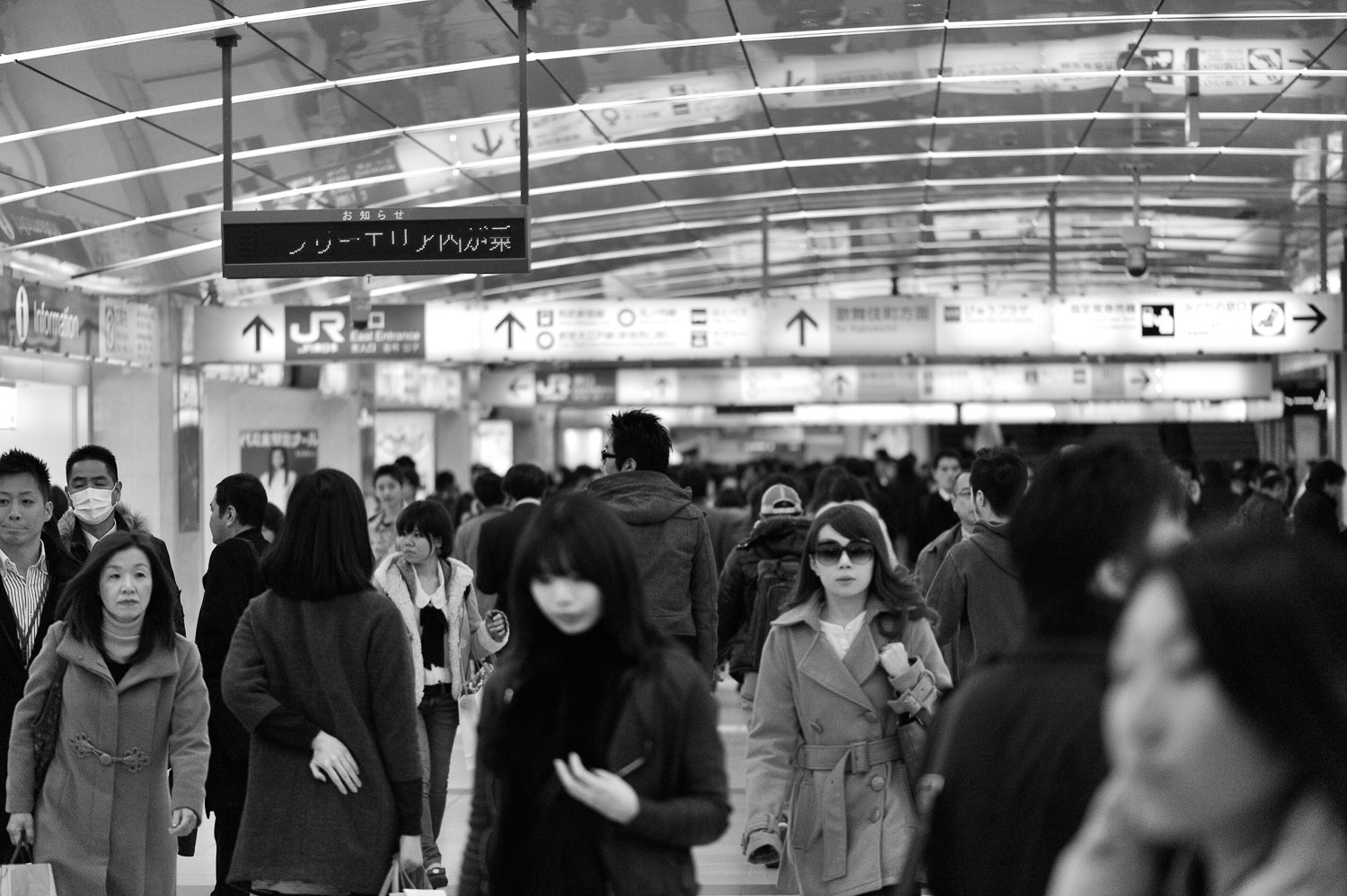
The Tokyo Forgeries Blog
Scroll Search or Click

Creative Recognition on the Path to Artistry of a Street Photographer
Claiming the title of artist is difficult as it requires mastery of craft and self.
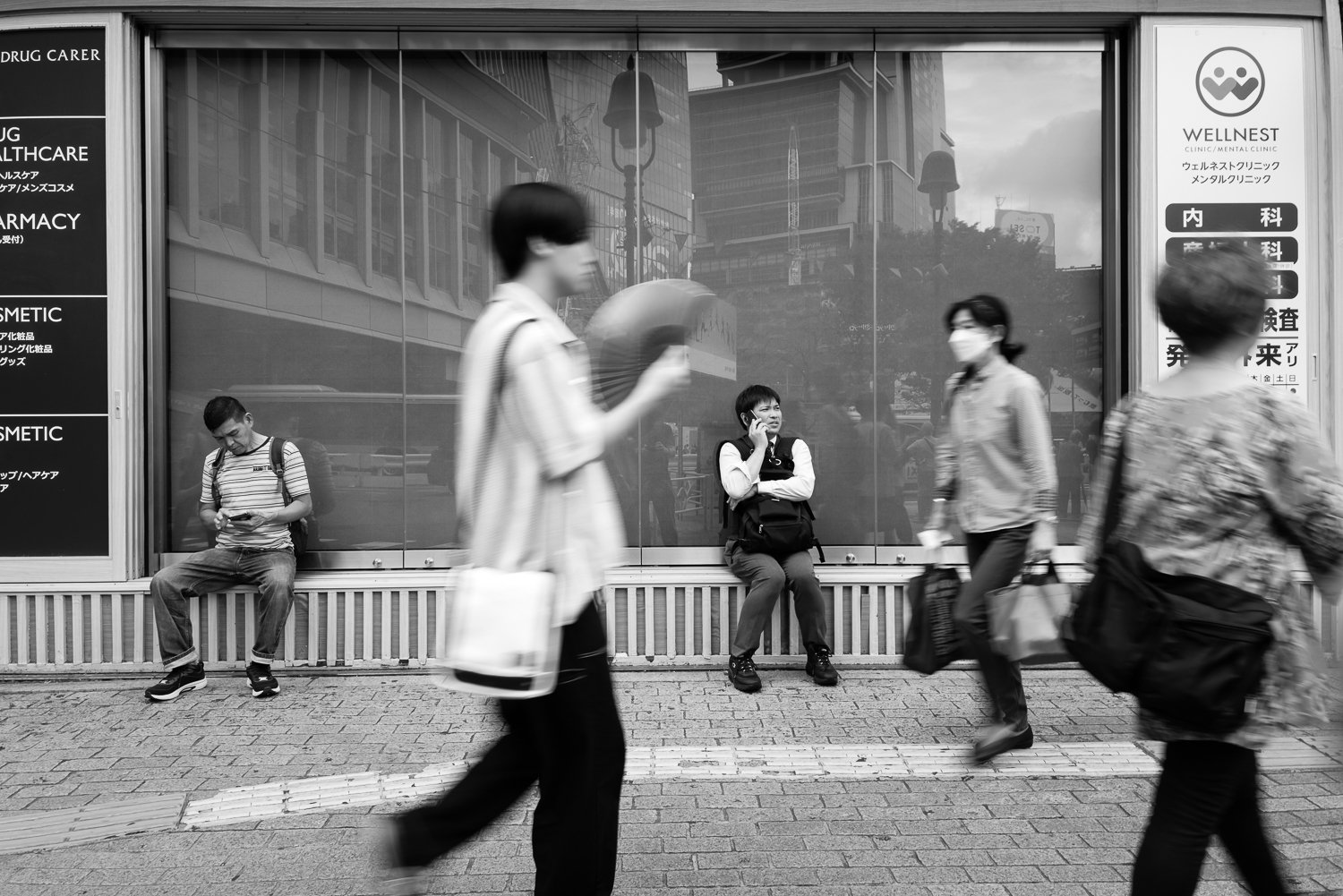
Working the Scene in Tokyo’s Shibuya
One of the first lessons learned as a new street photographer is to work the scene. That is, to move around the scene you are shooting for the best image to capture. I learned this lesson very early as I only had access to a single lens, a 50mm. I would love to claim artistic instinct, but in truth, I had no other choice.
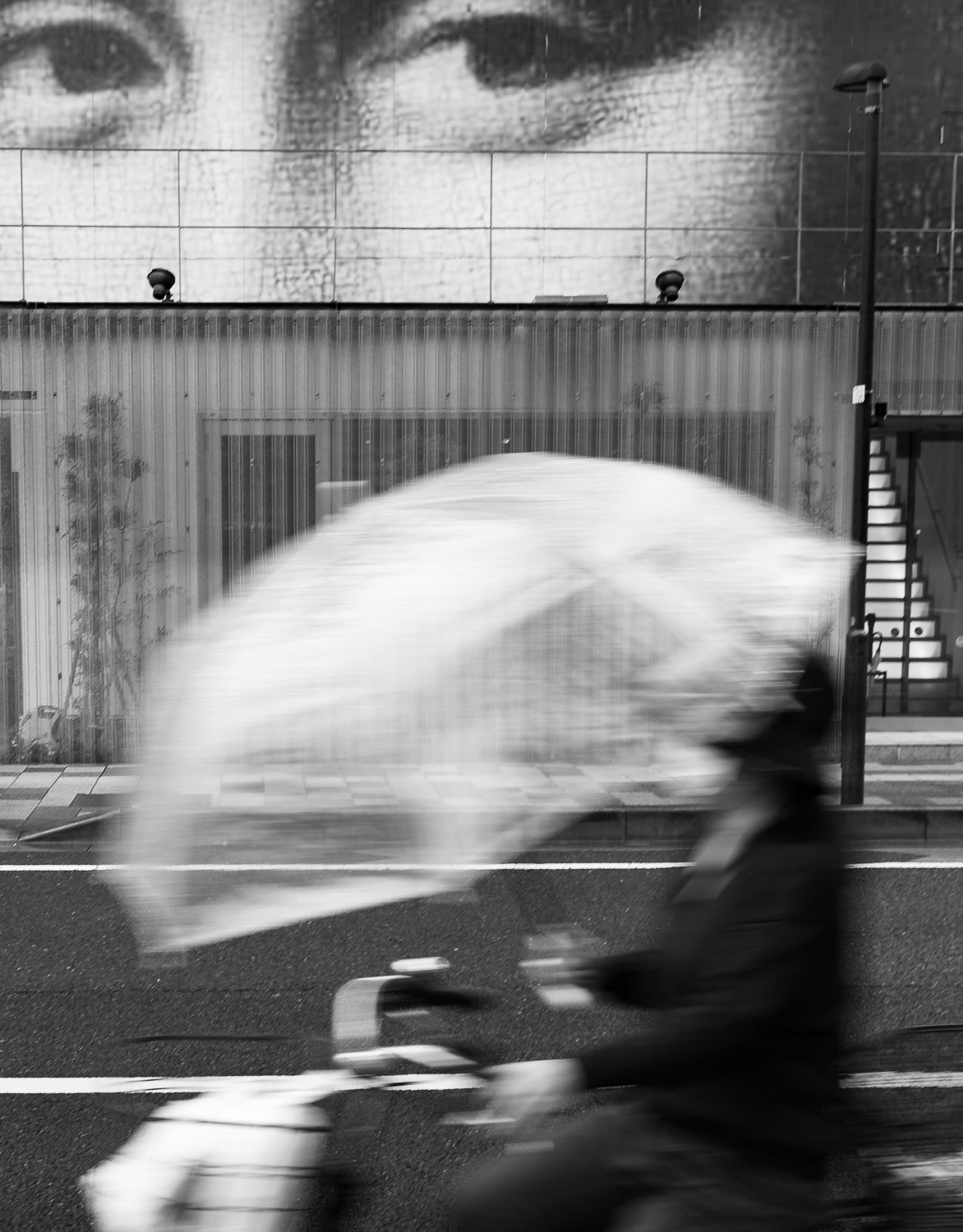
The Definitive Guide: Motion in Your Street Photography
Incorporating motion into any genre of photography adds dynamic layers to the composition. A visual layer encourages viewers to engage more deeply with the image, while a psychological layer prompts them to reflect on its meaning. This is particularly relevant in street photography, which encompasses a wide range of visual styles, techniques, and subject matter.

Is Every Image We Take a Self-Portrait?
Do you take self-portraits? I think we all do. I know we all do. From a certain point of view, we all do. At least, I think we do, don’t we?

Photographing Tokyo’s Solitary Figure
In the bustling crowd of Tokyo, I find myself captivated by a solitary figure.
This notion may be a clichéd romantic ideal, precisely what artists aim to move away from. Instead, I prefer to embrace the unique perspectives that foster growth.

Good Luck at Shinjuku Station
I was lucky to witness this crazy stunt just outside Shinjuku Station South East gate. Although I had my camera ready in time, I was not good enough to capture the moment I saw in my mind—almost, but not quite.
In making your own luck, life experience goes a long way to getting the most out of it.
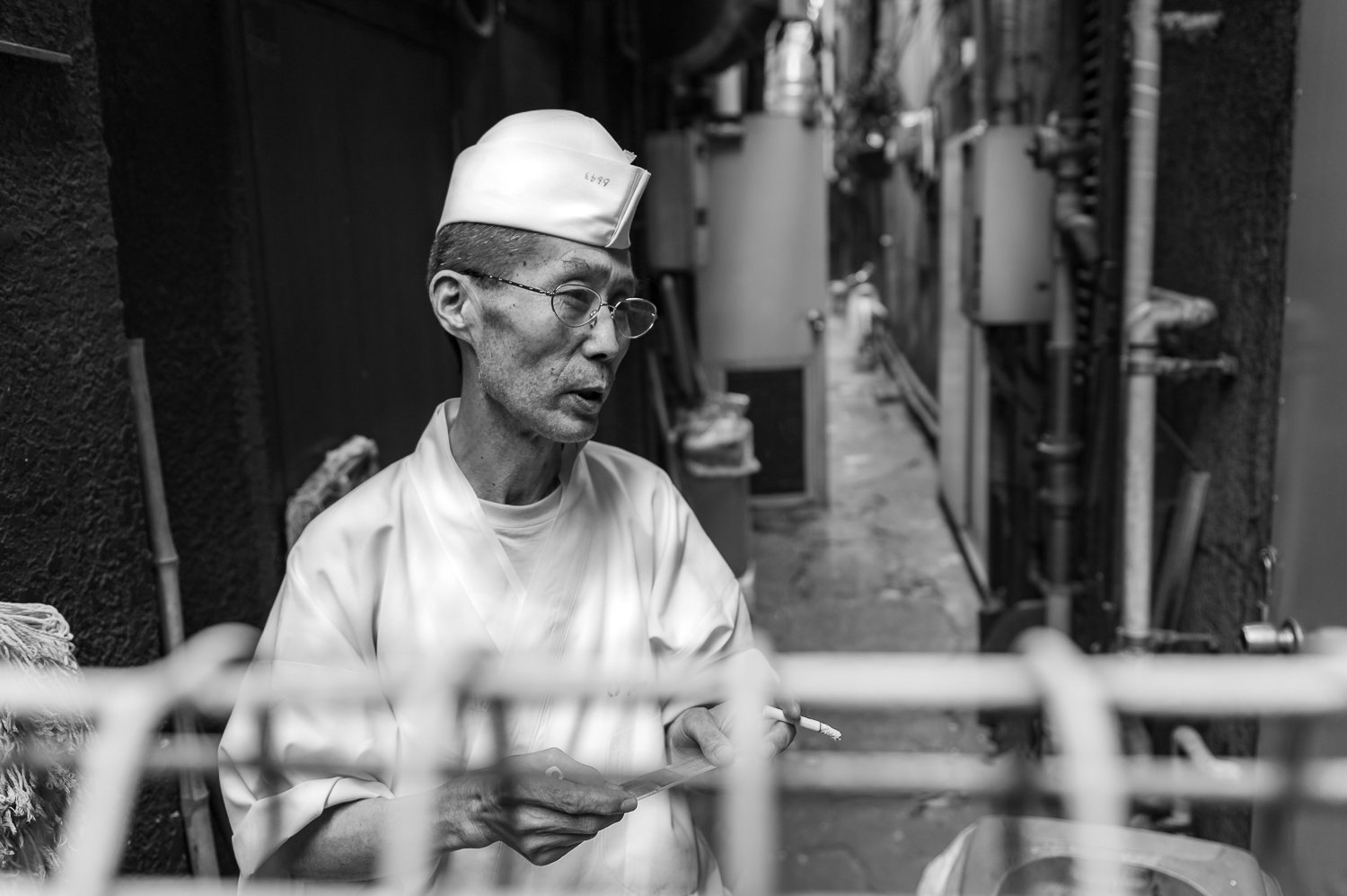
Photographing Strangers in Tokyo
Photographing People in Tokyo
The fear of photographing people is real, but it is also the most rewarding type of street photography, from the image created to the experience shared in its capture.
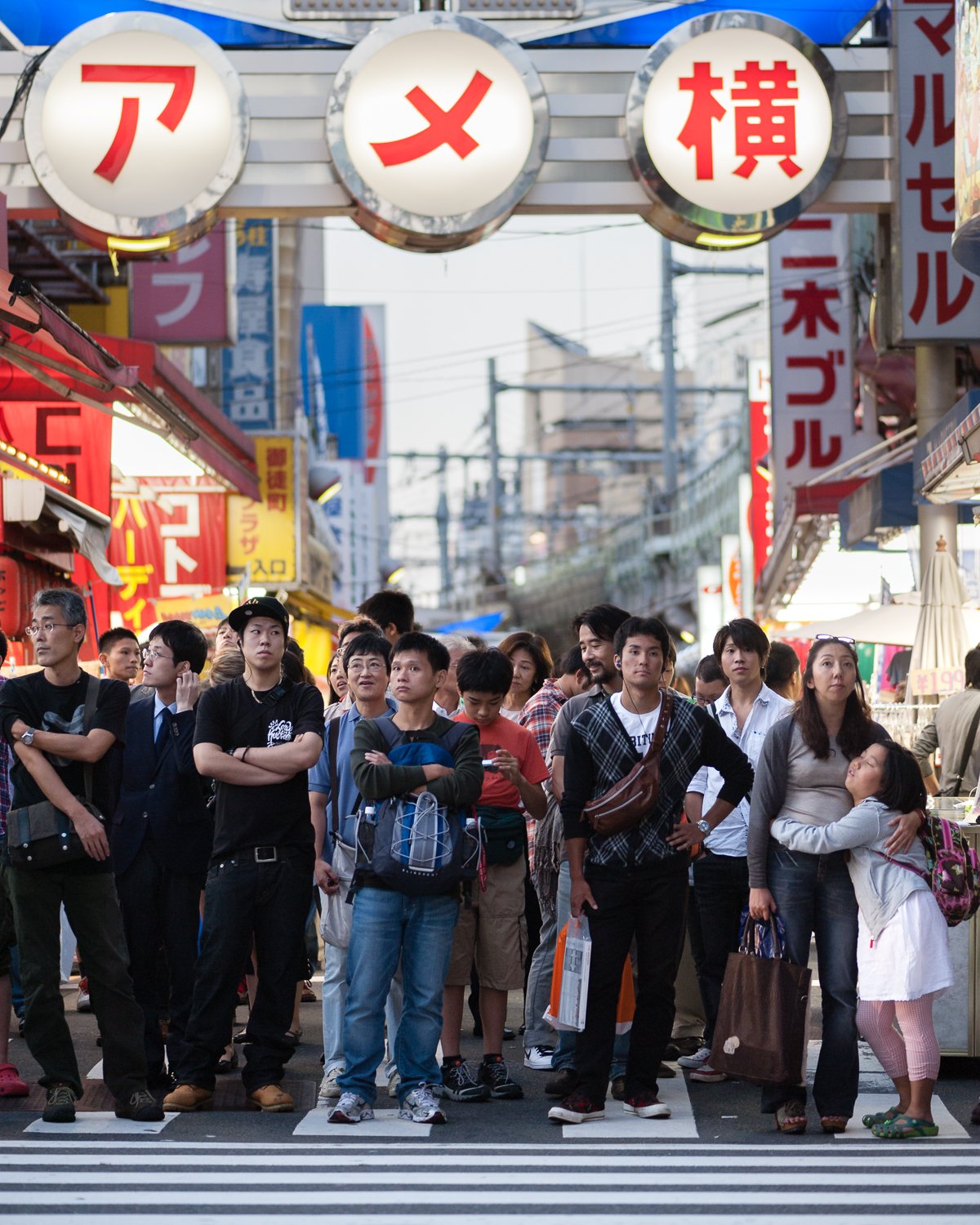
Eye Contact
Eye contact makes an image stand out. Some of the most outstanding shots in fashion, sports, portrait, and journalism are centred on eye contact, and street photography is no different. Whose eyes connect with who is often overlooked.

Happy Accidents in Street Photography
The Happy Accident is a merger of previsualization and happenstance. It was taken at JR Akabane station, Tokyo.
Tokyo’s frenetic pace leads to a number of both moments, often simultaneously. A happy accident occurs when these moments collide.